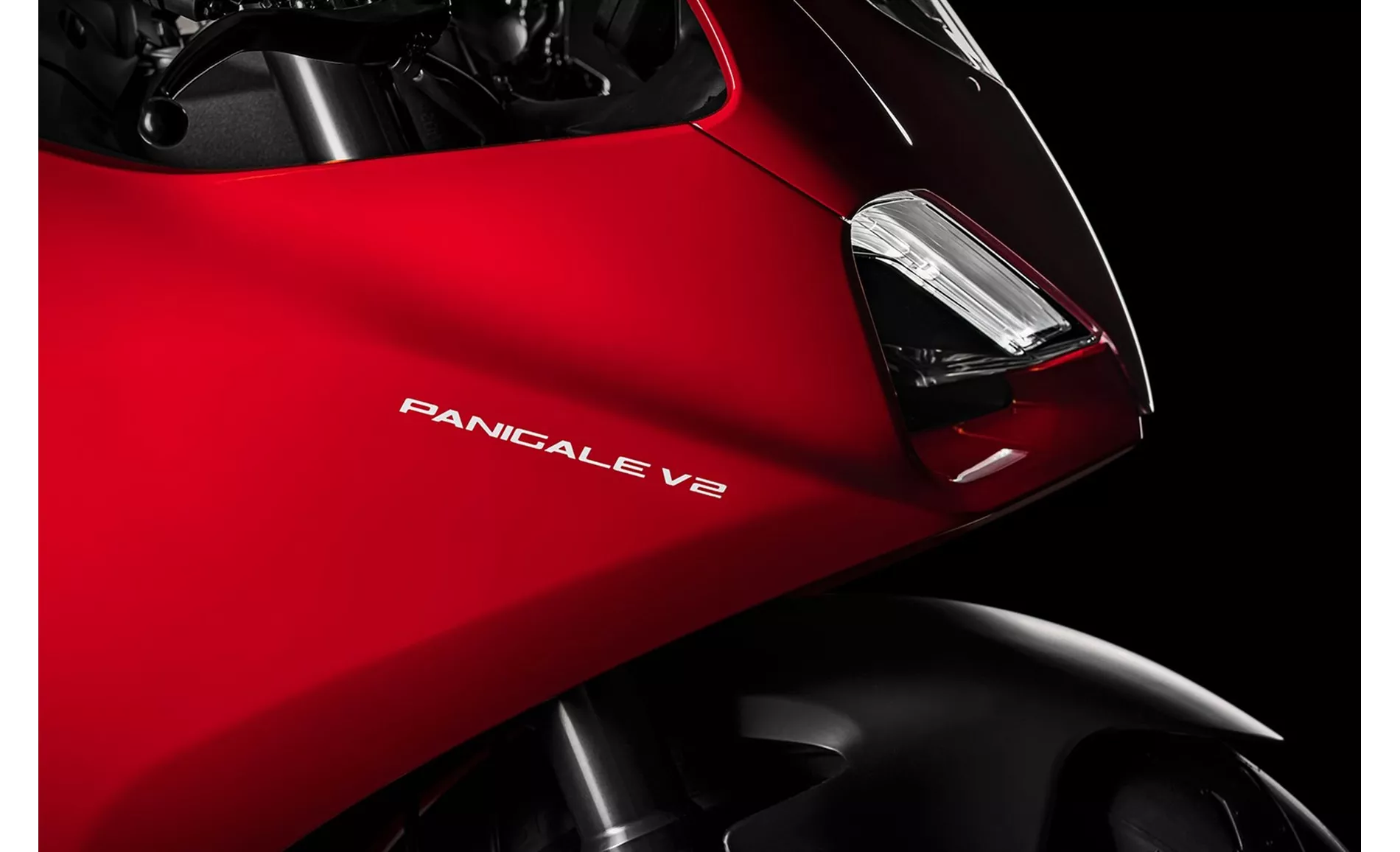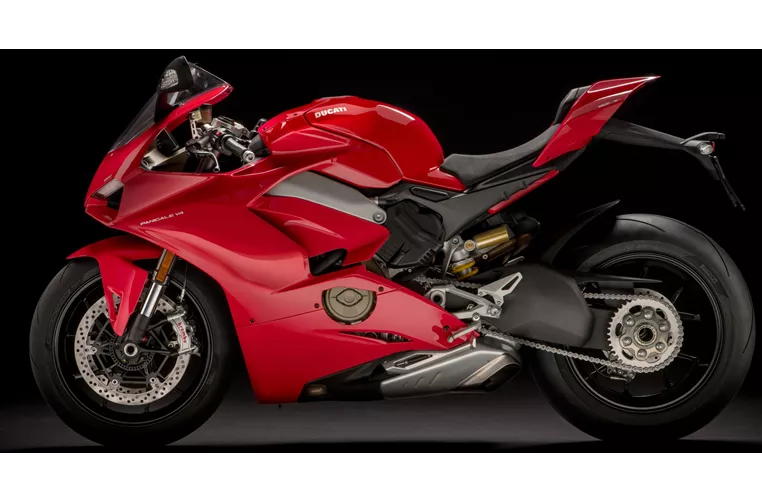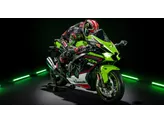Ducati Panigale V4 2018 vs. Ducati Panigale V2 2020

Ducati Panigale V4 2018

Ducati Panigale V2 2020
Overview - Ducati Panigale V4 2018 vs Ducati Panigale V2 2020
The Ducati Panigale V4 2018 and the Ducati Panigale V2 2020 are both powerful and impressive supersport motorcycles from Ducati. However, there are several key differences between the two models.
In terms of engine specifications, the Panigale V4 2018 is equipped with a V4 engine with a displacement of 1103cc, producing 214 HP of power and 124 Nm of torque. On the other hand, the Panigale V2 2020 features a V2 engine with a displacement of 955cc, delivering 155 HP of power and 104 Nm of torque. While the Panigale V4 offers more power, the Panigale V2 is designed to be more accessible for supersport beginners and returners.
Both models feature a similar suspension setup with upside-down telescopic forks at the front and a single swing arm with a monoshock at the rear. The front suspension is equipped with Big Piston technology from Showa, providing excellent performance and adjustability. The rear suspension is supported by Sachs shock absorbers. The chassis of both models is made of aluminum and features a monocoque frame design, ensuring a lightweight and rigid structure.

Ducati Panigale V4 2018
In terms of braking performance, both models are equipped with double disk brakes at the front, with the Panigale V4 featuring larger 330mm diameter disks compared to the Panigale V2's 320mm diameter disks. Both models utilize radial monoblock brake technology from Brembo, providing exceptional stopping power and control.
When it comes to advanced rider assistance systems, the Panigale V2 2020 offers a more comprehensive package. It includes riding modes, cornering ABS, ride by wire, quickshifter, traction control, and anti-wheelie systems. These features enhance safety and provide a more enjoyable riding experience. The Panigale V4 2018, on the other hand, only offers ABS as an advanced rider assistance system.

Ducati Panigale V2 2020
In terms of dimensions and weights, the Panigale V2 2020 has a slightly smaller wheelbase of 1436mm compared to the Panigale V4's 1469mm. The seat height of the Panigale V2 is also slightly higher at 840mm compared to the Panigale V4's 830mm. The dry weight of the Panigale V2 is 176kg, while the Panigale V4 weighs slightly more at 175kg.
In terms of design, both models feature a beautiful and stylish appearance. The Panigale V2's design is particularly praised for its elegance and nobility, leaving a lasting impression on onlookers.
In summary, the Ducati Panigale V4 2018 offers a more powerful engine and a comfortable riding position, making it suitable for those seeking a high-performance supersport motorcycle. On the other hand, the Ducati Panigale V2 2020 is designed to be more accessible for beginners and returners, with a slightly smaller engine but a comprehensive electronics package for enhanced safety and enjoyment. Both models have their own strengths and weaknesses, catering to different riding preferences and skill levels.
Technical Specifications Ducati Panigale V4 2018 compared to Ducati Panigale V2 2020
Pros and Cons in comparison
Pros and Cons in comparison
Ducati Panigale V4 2018

The Panigale has become much more accessible in the 2018 V4 version than before. The engine, in combination with the electronics package, is still not as flawless and sterile as an inline four, but in practice it is a real blessing for Ducatisti - and a positive surprise for riders of other brands. The Panigale V4 also surprised with tolerable riding comfort on the country road and a pleasant level of stability. Progress here was clearly in the right direction. The new V4 is stronger and faster but also easier and more pleasant to ride.
Ducati Panigale V2 2020

For us, the Panigale V2 is the ultimate road super sports bike. Sophisticated electronic assistance systems that leave nothing to be desired, Ducati's fun 955 cm³ two-cylinder Superquadro engine that generates more than enough power for the road with 155 hp, a great seating position and a high degree of controllability. All of this characterises the Panigale V2 and for this reason it is probably "the" country road supersports bike for us at the moment, but it also cuts a good figure on the racetrack. The Panigale V2 should appeal above all to pilots for whom 200 hp rockets are a bit too much, and to all those who have also been enchanted by this work of art on two wheels.
Price Comparison Avarage Market Price Ducati Panigale V4 vs Ducati Panigale V2
There are a few key differences between a Ducati Panigale V4 2018 and a Ducati Panigale V2 2020. In terms of price, the actual average price of a Ducati Panigale V4 2018 is about 12% higher. There are the same number of bikes of both models available on the 1000PS.de marketplace, specifically 5. It takes less time to sell a Ducati Panigale V2 with 84 days compared to 91 days for the Ducati Panigale V4. Since model year 2018 1000PS.de editors have written 18 reviews for the Ducati Panigale V4 and 9 reviews for the Ducati Panigale V2 since model year 2020. The first review for the Ducati Panigale V4 was published on 11/5/2017 and now has more than 131,500 views. This compares to more than 70,000 views for the first review on Ducati Panigale V2 published on 10/23/2019.

















